The world takes notice when Christians forgive because such forgiveness seems impossible.
09/22/25
Even if the Shroud were proven a medieval forgery, it would only highlight the skill of its maker. The case for Christ’s resurrection rests on eyewitness testimony.
09/19/25
God leads us to green pastures. He comforts us with his grace in our darkest valleys.
All Articles
Author
- All Authors
- 1517 Guest Contributor
- 1517 Publishing
- 1517 Staff
- A. A. Just Jr.
- A.J. Vega
- Aaron Boerst
- Adam Francisco
- Adam Stetson
- Amy Mantravadi
- Andrew Foss
- Anthony DiLiberto
- Blake Flattley
- Bob Hiller
- Bob Sundquist
- Bonnie Petroschuk
- Brad Soenksen
- Bradley Gray
- Brandon Hanson
- Brandon Pangman
- Brennan Manning
- Brian W. Thomas
- Bror Erickson
- Bruce Hillman
- C.S. Lewis
- Caleb Keith
- Chad Bird
- Charles E. Fry
- Christopher J. Richmann
- Cindy Koch
- CJ Armstrong
- Craig Donofrio
- Dan Chrismer
- Dan van Voorhis
- Dan Weber
- Daniel Deen
- Daniel Emery Price
- Daniel Stenberg
- David Clay
- David Rufner
- David Schmitt
- Debi Winrich
- Delwyn Campbell
- Dominick Santore
- Donavon Riley
- Edward Killian
- Elyse Fitzpatrick
- Erick Sorensen
- Gage Jordan
- Gerhard Forde
- Grant Klembara
- Greg Koukl
- Gretchen Ronnevik
- Haroldo Camacho
- Hermann Sasse
- Jacob Corzine
- Jacob Smith
- Jake Allstaedt
- Jared C. Wilson
- Jason Lane
- Jason Lang
- Jason Oakland
- Jay Sawrie
- Jeff Mallinson
- Jeffrey Pulse
- Jenifer Mohan
- Jessica Delgado
- Jessica Thompson
- Jim Nestingen
- Joel Fitzpatrick
- Joel Hess
- Joey Goodall
- John Bombaro
- John Bortulin
- John Chrysostom
- John T. Pless
- John W. Hoyum
- John Warwick Montgomery
- Jonathan Ruehs
- Jordan Spina
- Joshua Miller
- Justin Rossow
- Karen Stenberg
- Kathy Morales
- Katie Koplin
- Kelsi Klembara
- Ken Sundet Jones
- Kerri Tom
- Kevin Hale
- Kevin McClain
- Kyle G. Jones
- Larry D. Hughes
- Laura Bauer
- Luke Kjolhaug
- Magnus Persson
- Mariah Coward
- Mark Jasa
- Mark Mattes
- Mark Pierson
- Martin Luther
- Matt Johnson
- Matt Kroelinger
- Matt Popovits
- Michael Berg
- Michael Gibney
- Nicholas Hopman
- Nicholas Kallis
- Norman Nagel
- Paul Dunk
- Paul Koch
- Pete Lange
- Peter Nafzger
- Philip Bartelt
- Preston Sprinkle
- Raleigh Sadler
- Rick Ritchie
- RJ Grunewald
- Robert Farrar Capon
- Robert Kolb
- Rod Rosenbladt
- Roland Ehlke
- Ron Hodel
- Ryan Couch
- Ryan Matthias
- Ryan Stevenson-Cosgrove
- Ryan Tinetti
- Sam Leanza Ortiz
- Sam P. Schuldheisz
- Sarah Crowder
- Scott Davis
- Scott Keith
- Scott Landrum
- Seth Moorman
- Steve Byrnes
- Steve Kruschel
- Steven A. Hein
- Steven Paulson
- StoryMakers NYC
- Tanner Olson
- Tate Barber
- Ted Rosenbladt
- Travis Scholl
- Tyler Cronkright
- Uwe Siemon-Netto
- Valerie Thur
- Wade Johnston
- Walter Hwang
- Wayne Sender
- Zack James Cole
02/17/23
Jesus stands before the disciples as the bridge between heaven and earth, and between Old Testament and New Testament.
02/16/23
His love for you is so deep that in his mercy, while you were yet a sinner, God sent his only begotten Son to die for you.
02/15/23
“So loved,” then isn’t about how much but instead simply how.
02/06/23
Love is pointing to Jesus who said, “Greater love has no one than this, that someone lay down his life for his friends” (John 15:13).
02/02/23
Forty days after giving birth, Mary, along with her husband Joseph, presented their firstborn Son at the temple and "bought" him back with a sacrifice of two small birds. This is known as the "Presentation of Our Lord."
02/01/23
Rightly distinguishing between law and gospel, as Paul helps us see in 2 Corinthians 3, is, quite literally, a matter of life and death.
01/29/23
Authentic proclamation, then, is the love of Christ for our souls, which we have seen and experienced through the under-shepherd’s pastoral care put into the words of Christ Himself.
01/13/23
The sign of the cross, according to the earliest centuries of Christians, is “the sign of the Lord,” and every baptized Christian was “marked” with it.
01/10/23
The law had to have its way with the expert to bring him around (and back) to Abraham's response.
01/07/23
The sermon takes place in the context of a multi-facetted set of relationships experienced through the weeks and months of being together in congregation and community. Those relationships shape the credibility of the preacher in the pulpit.
01/06/23
The usual acclamation when one becomes King is: “Long live the King!” But this King of kings, this son of David, has come to die.
01/05/23
As the writer to the Hebrews affirms, what makes the Christian gospel so much better is that we are no longer dealing with “types and shadows."
1517 is a Christian non-profit (501(c)3) multi-media organization. Our mission is to declare and defend the Good News that we are forgiven and free on account of the death and resurrection of Jesus alone.
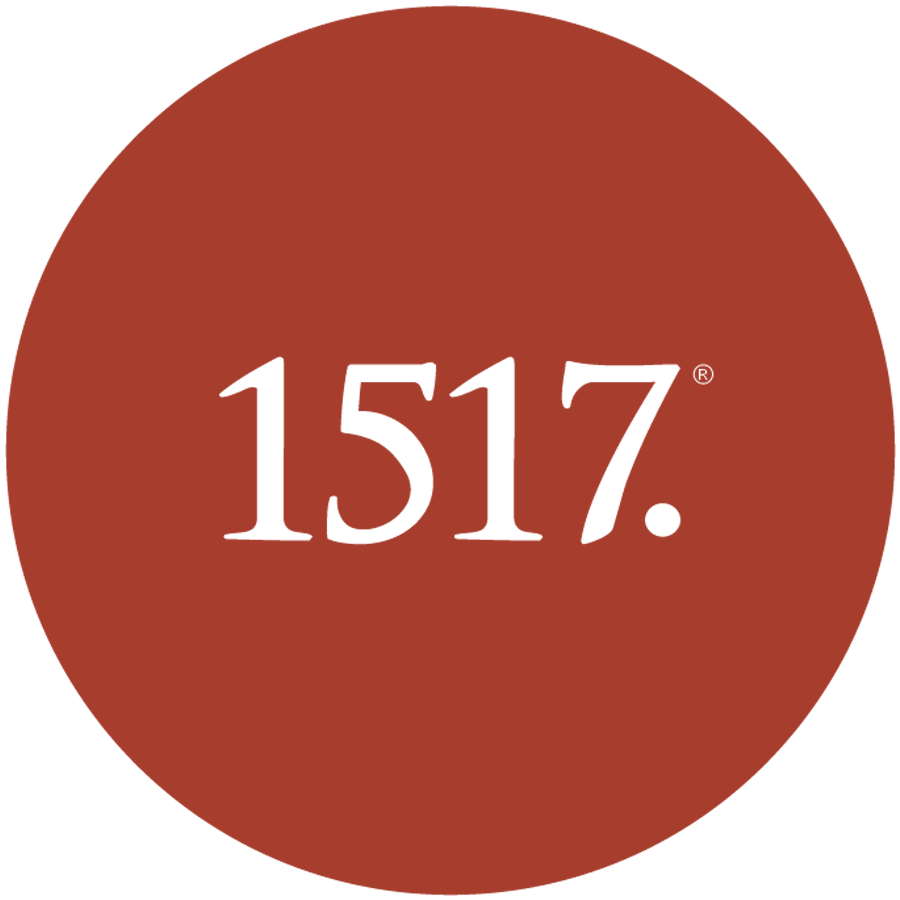
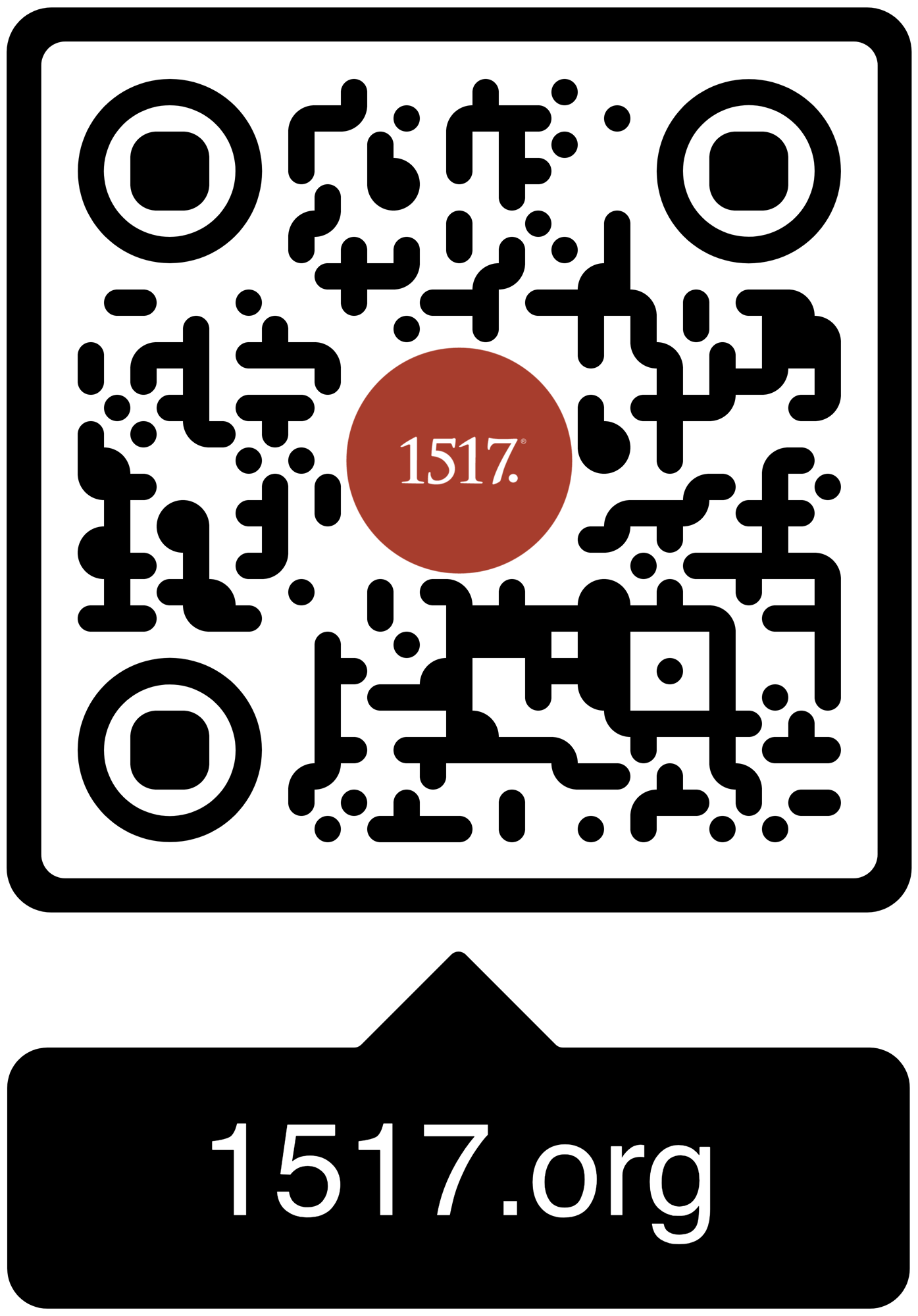
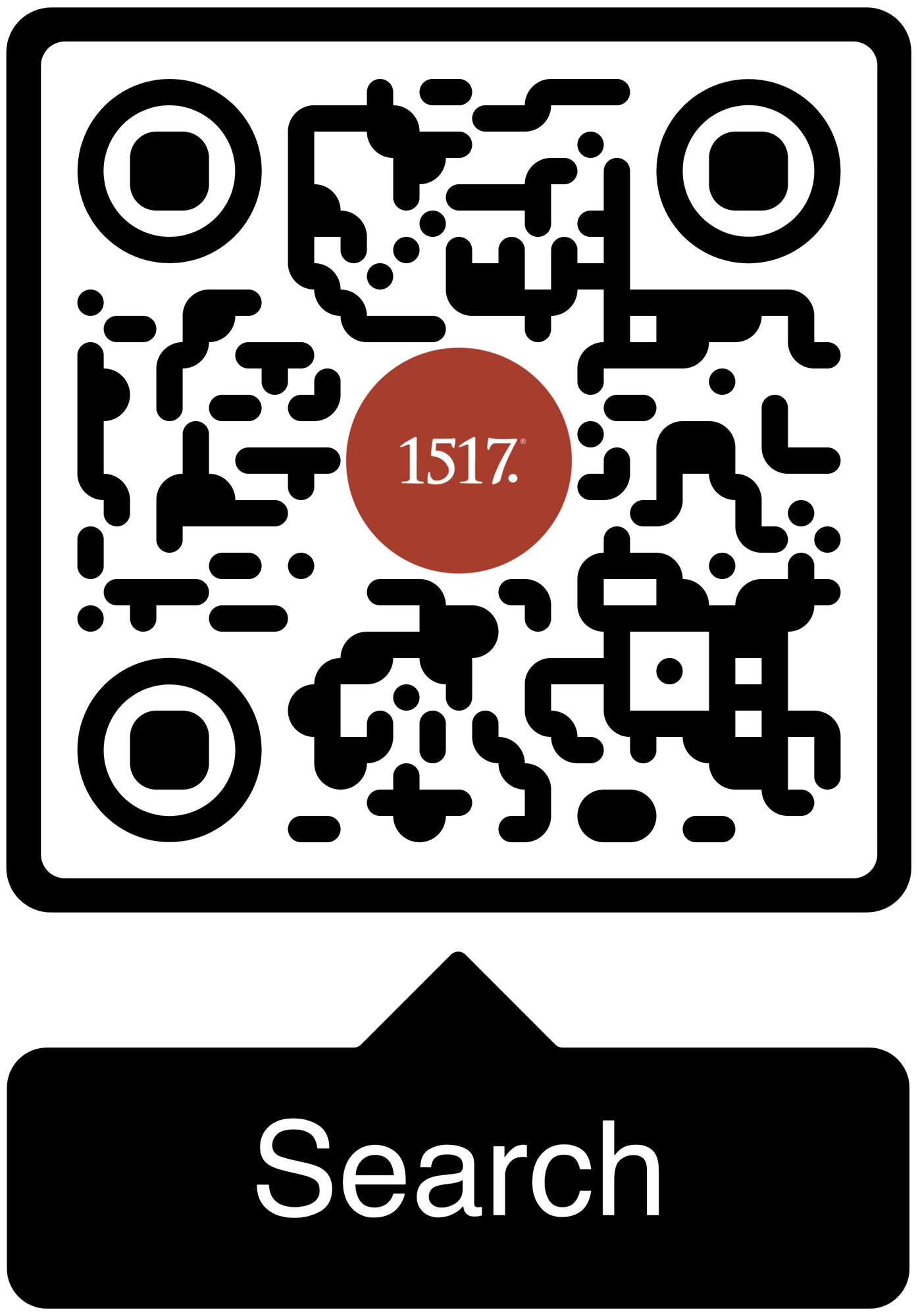
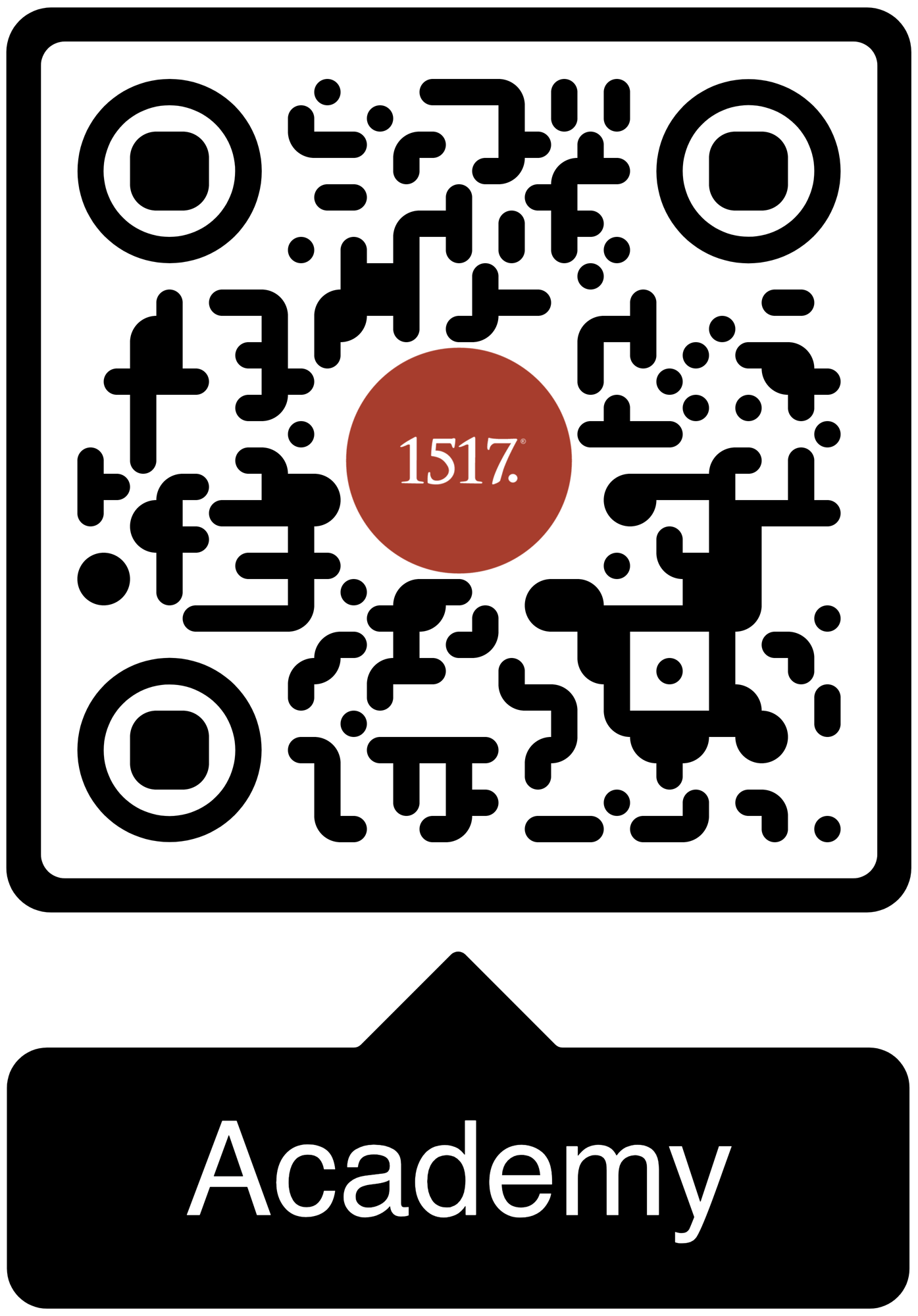
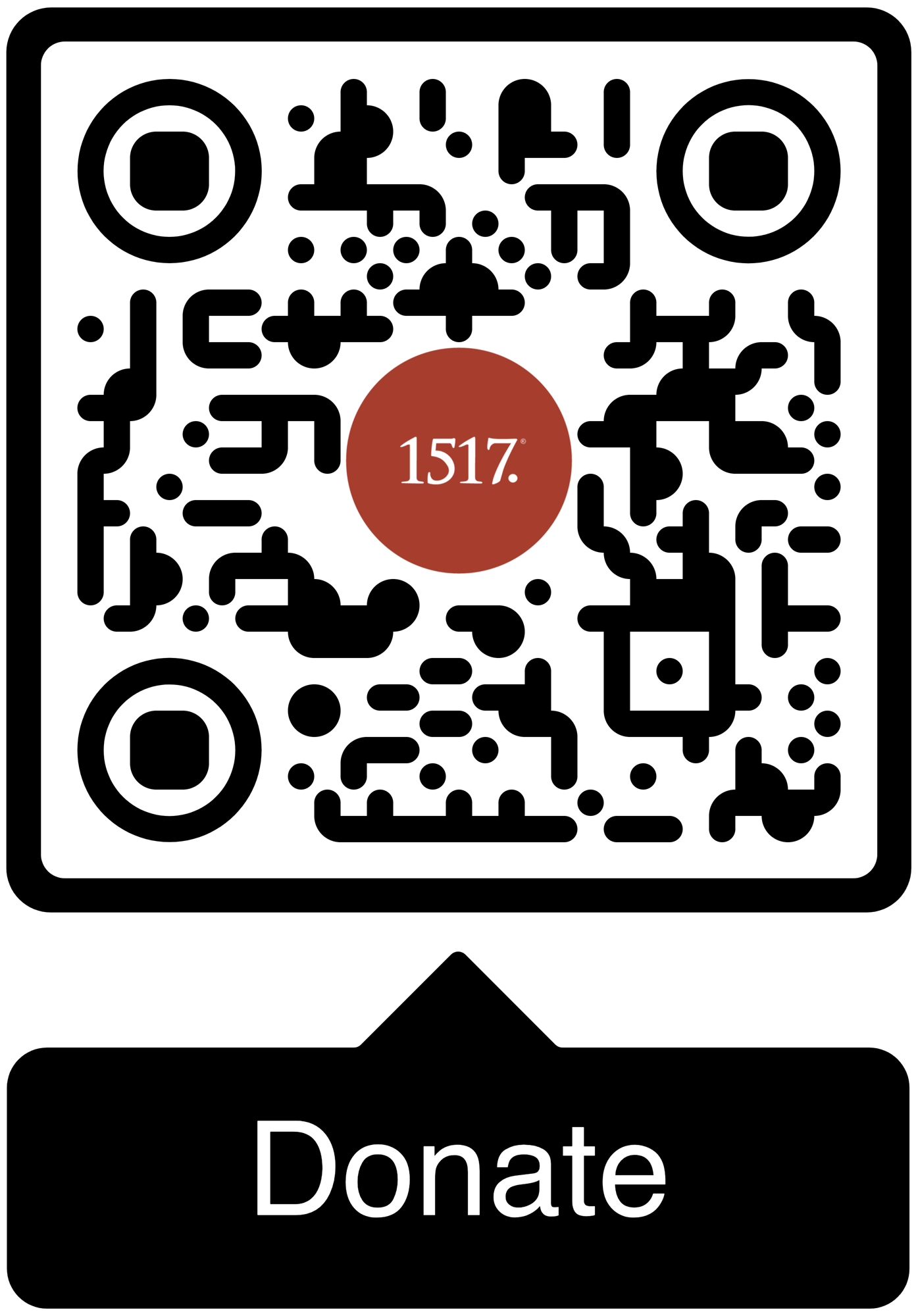
1517 grants permission for our free online resources to be printed, photocopied, and otherwise used freely for private and church use. We require that authorship and source (1517.org) are referenced and maintained. These resources may not be sold or included in any publications for sale.


